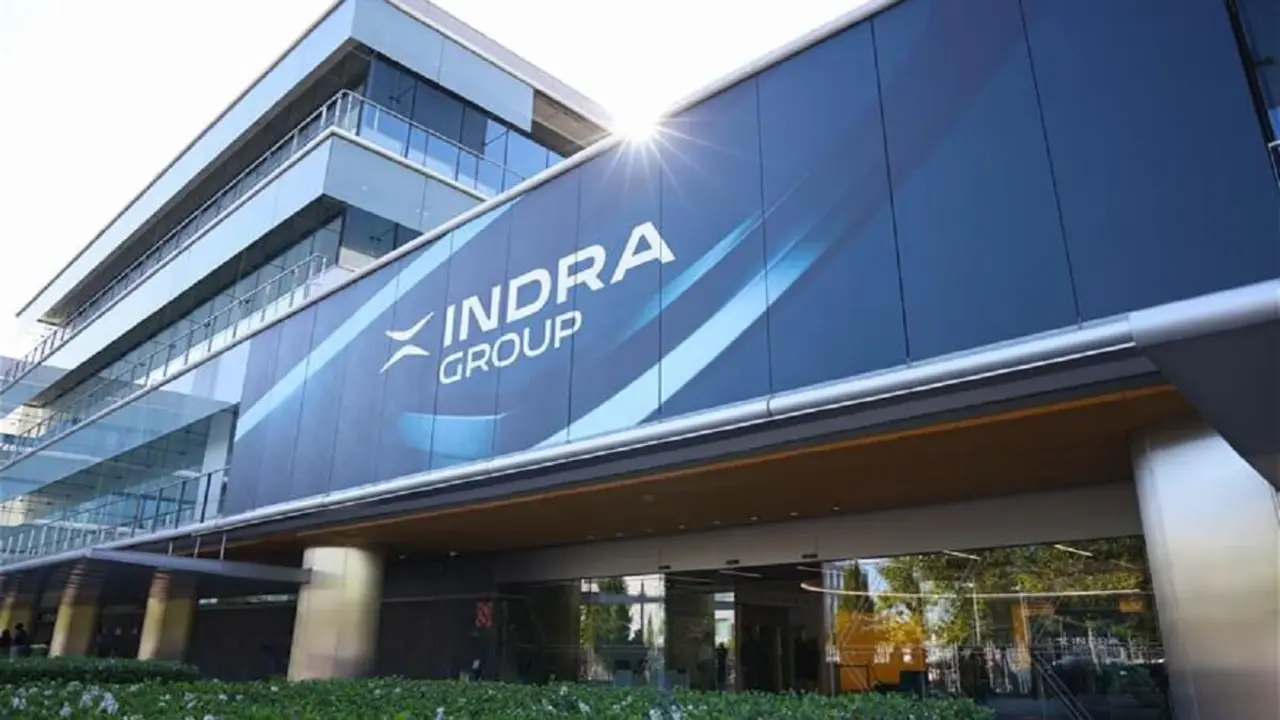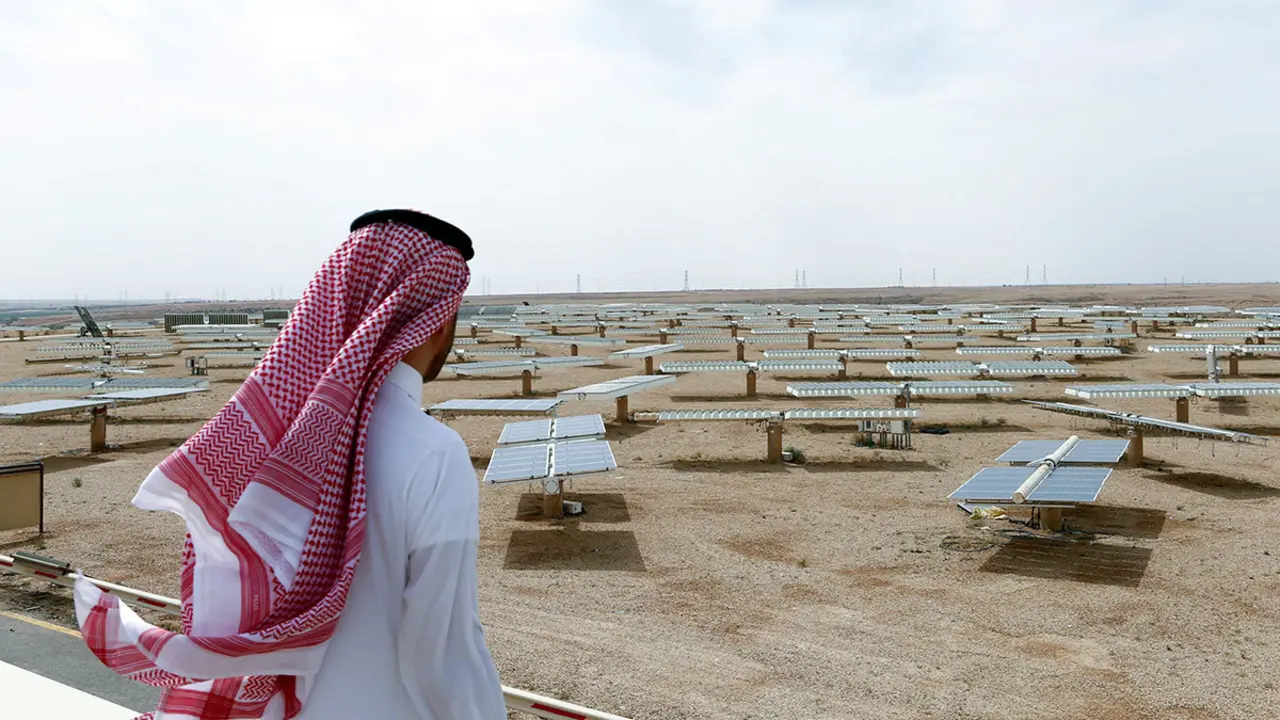Falling US inventories boost oil prices

The United States saw an improvement in its demand recovery forecast. The American Petroleum Institute (API) reported last Tuesday that crude oil inventories fell to 4.3 million barrels during the last week of January. This data contrasts sharply with analysts' forecasts, who expected an increase of around 446,000 barrels.
The price of Texas Intermediate crude oil (WTI) reached a 12-month high after rising 0.4% after the previous day's 2.3% rise to 54.95 dollars a barrel. The price of Brent North Sea crude for April delivery rose by as much as 1.20%, reaching its highest price since the pandemic began, at $58.15. The news of the low production increase by the Organisation of Petroleum Exporting Countries (OPEC) generated optimism reflected in the price of US benchmark oil. A rise also favoured by Saudi Arabia's cut of 1 million barrels per day for the months of February and March, and expectations of a recovery in demand by 2021, even reaching levels prior to the coronavirus pandemic, as foreseen by oil companies such as BP and Aramco.
Brent's backwardation structure - which occurs when the current (spot) price of physical oil is higher than prices traded for futures markets - is also at its highest since February 2020, at just over two dollars, indicating tight supply expectations.

One of the main triggers for this rise in oil prices is the proximity to the approval of the COVID-19 aid bill announced a few days ago by Senate Majority Leader Chuck Schumer, which has generated widespread rejection on the Republican side, which has launched a counteroffer, reducing the aid package to 618 billion dollars. To which Schumer responded that "Democrats welcome the ideas and input of our Republican colleagues in the Senate. The only thing we cannot accept is a package that is too small (...) to get our country out of this emergency".
On the other hand, one of the objectives of the new president, Joe Biden, is to put this aid into effect as soon as possible and he has shown himself to be open to negotiating with the Republicans in order to shorten the deadlines. However, reducing to less than a third of what the Democrats have proposed is not an option, as White House spokeswoman Jen Psaki explained: "The risk is not that it is too big.... the risk is that it's too small. And that's still his (Biden's) view, and that's one he will certainly express". Another aspect that has not gone down well with the Biden administration has been that the Republican proposal includes no aid to state and local governments, and a reduction in assistance to individuals.
A further meeting is scheduled to take place in the coming days between President Biden and 10 Republican senators to reconcile positions. However, the procedure known as conciliation, never before used by the Democrats, could allow them to approve this aid plan thanks to the tie-breaking vote of Vice-President Kamala Harris, thus avoiding having to deal with the opposition.








